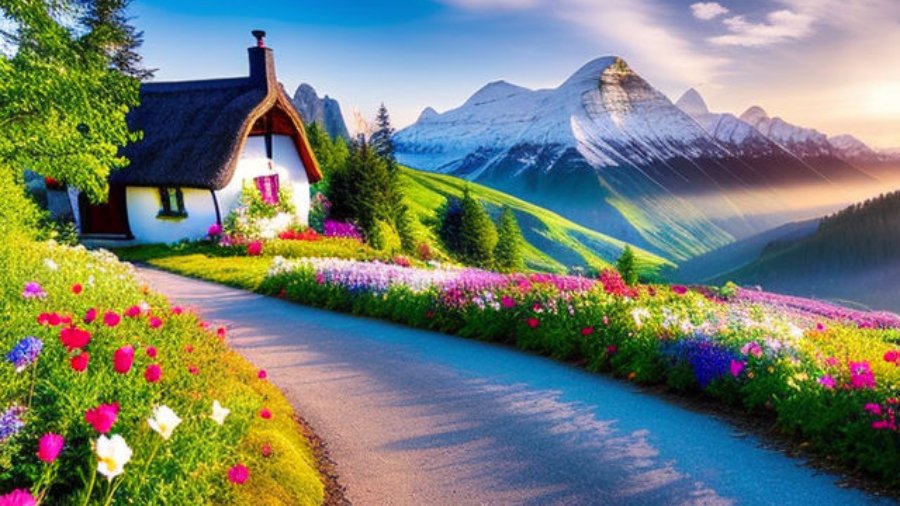
Creating an eye-catching landscape involves a combination of artistic vision, technical skills, and understanding the natural elements around you. Whether you’re a photographer, painter, or someone looking to enhance their surroundings, here’s a road map to help you achieve an eye-catching landscape:
- Research and Planning:
- Location Scouting: Identify potential locations that offer interesting landscapes. This could be natural settings like mountains, beaches, forests, or urban landscapes with unique architecture.
- Weather and Lighting: Understand how different weather conditions and lighting can impact the mood of your landscape. Sunrise and sunset often provide the most dramatic lighting.
- Composition:
- Rule of Thirds: Divide your frame into a 3×3 grid and position key elements along these lines or at their intersections.
- Foreground, Middleground, Background: Create depth by incorporating elements in the foreground, middleground, and background. This adds visual interest and a sense of scale.
- Use of Leading Lines:
- Incorporate natural or man-made lines that guide the viewer’s eyes through the landscape. Examples include rivers, roads, or tree branches.
- Framing:
- Utilize natural elements like trees or arches to frame the main subject. This helps draw attention to the focal point.
- Capture Golden Hour:
- Shoot during the golden hour—shortly after sunrise or before sunset—when the light is warm and soft, casting long shadows and creating a pleasing atmosphere.
- Understand Your Gear:
- Know your camera or painting tools well. This includes understanding exposure settings, focal lengths, and the capabilities of your equipment.
- Post-Processing (Photography):
- Use photo editing software to enhance colors, contrast, and sharpness. Be careful not to over-edit; aim for a natural and appealing look.
- Emphasize Focal Points:
- Identify the key elements in your landscape and ensure they stand out. This could be a striking tree, a mountain peak, or an interesting architectural feature.
- Experiment with Perspectives:
- Don’t be afraid to try different angles and viewpoints. This can add a unique touch to your work.
- Patience and Persistence:
- Great landscapes often require patience. Wait for the right light, weather, or a specific moment to capture the scene at its best.
- Tell a Story:
- Consider what story or emotion you want to convey through your landscape. A compelling narrative can make your work more engaging.
- Continuous Learning:
- Stay inspired and keep learning. Attend workshops, read books, and study the works of other artists or photographers to enhance your skills and creative vision.
Remember, creating eye-catching landscapes is a journey of exploration and expression. Enjoy the process and allow your unique perspective to shine through in your work.


Insightful piece
Insightful piece
Outstanding feature